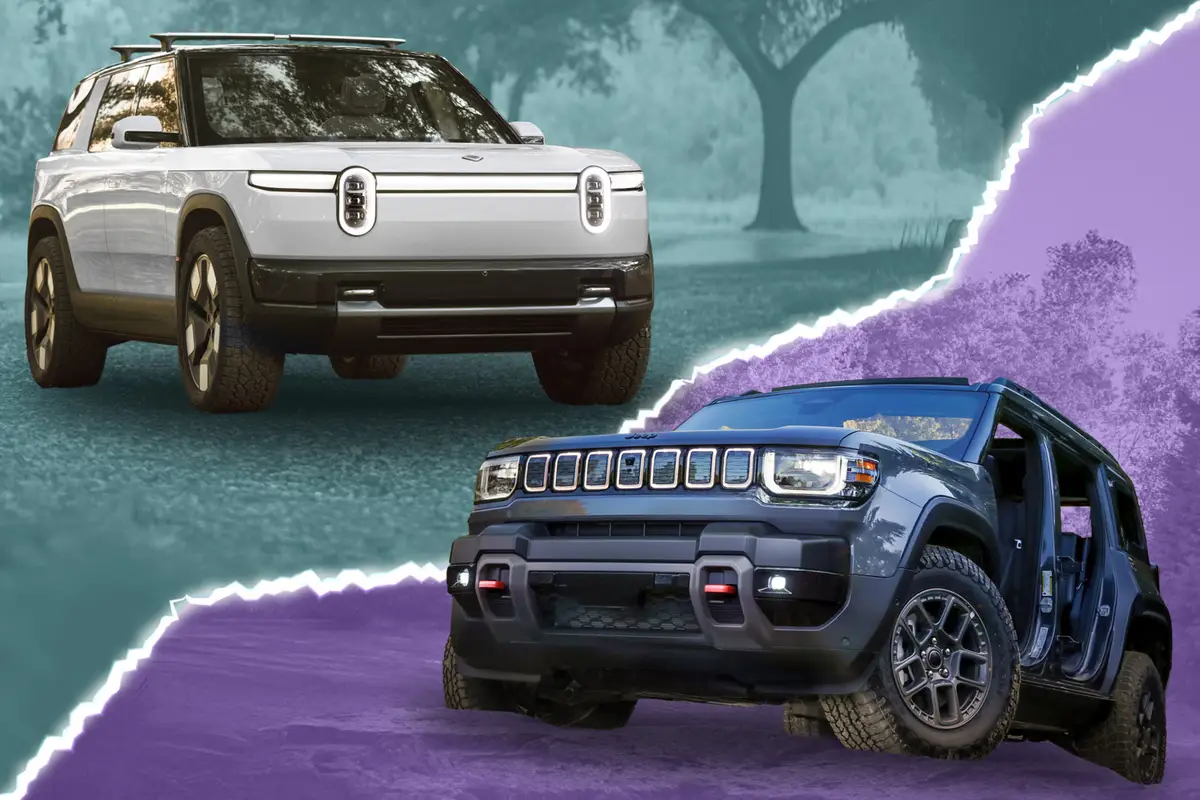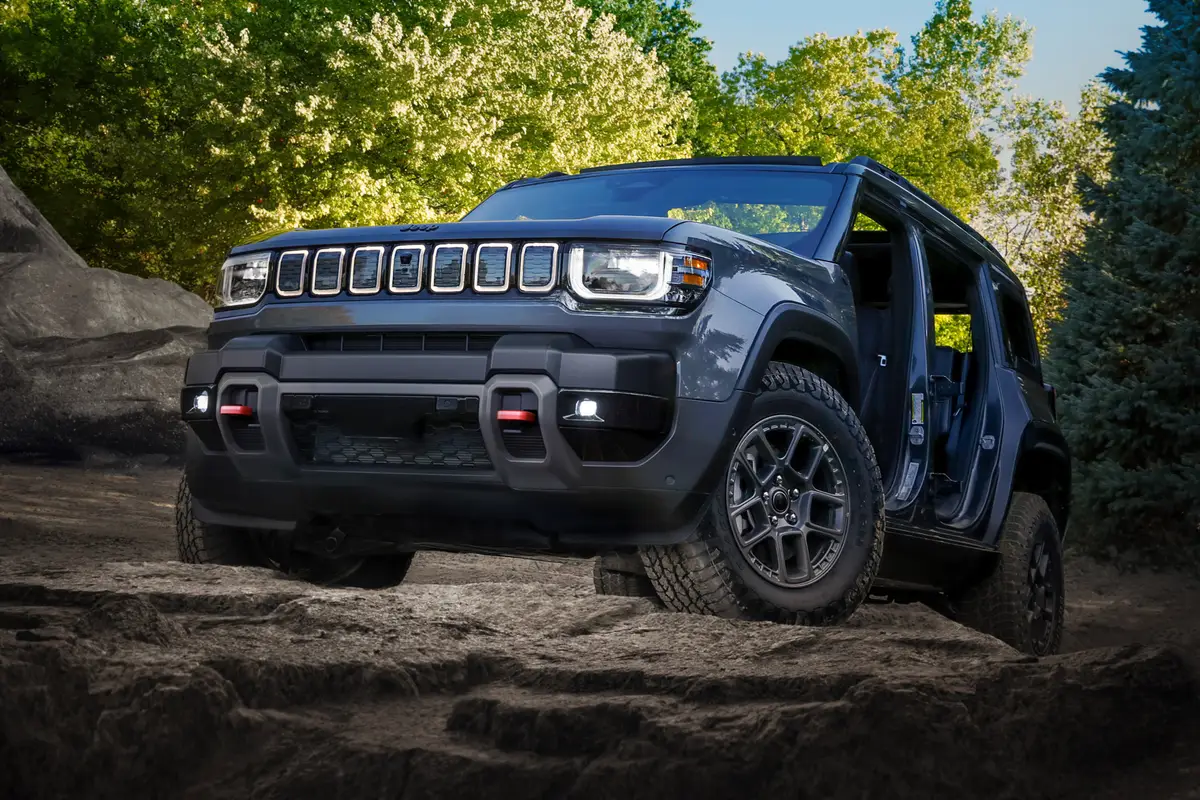The Morning Call and Mcall.com's view
Pickup trucks have a tendency to look like, well, pickup trucks. There’s a hood, cab and box, approximately in the front, middle and back. Despite this limitation, though, pickup trucks are getting better looking. No doubt the reason for this is that more and more people are buying pickup trucks as personal vehicles and manufacturers are vying for these sales through sporty looks.
A good example of this is the Mazda B2600 4X4, the first four-wheel drive from this Japanese manufacturer to reach the U.S. market. This truck is really good looking in an aggressive, sporty manner. It has a sloping hood, flared fenders and a high riding stance, and it looks about several light years away from those small, rather nondescript-looking Mazda pickups of the past.
Also helping with the image is the size. It is big – or shall we say, big for a compact. The test vehicle even had a bigger look because of its extended cab. Basic dimensions include a wheelbase of 118.1 inches; overall length, 198.8 inches; width, 67.1 inches; height, 65.9 inches, and curb weight, 3,315 pounds.
Extended cab pickup trucks have been around for a number of years. Mazda brought out its first extended cab, or, as the company calls it, Cab Plus, for the 1986 model year. The popularity of this cab configuration for a pickup used as a personal vehicle is rather obvious. There is room to carry two extra passengers or room for luggage, packages and all those other things one does not want to carry in an open pickup box.
The cargo bed for the Cab Plus is 72 inches long, 56 inches wide and 15.6 inches high. This really isn’t a very large bed (as a comparison, the B2600 with standard cab and long bed measures almost 90 inches) but that’s the way it is with extended car pickups. A rather neat standard feature of the box is that it comes with a liner, and this not only protects the bed from gashes and scratches but provides for easier sweep-out or hose-out cleaning.
The interior of the cab, in addition to being quite roomy, is also attractively laid out. The front seats are decently sized and quite comfortable. The back seats are actually fold-down slabs, which serve the purpose of short haul use. Instruments and controls are nicely laid-out and within easy sight and reach.
As mentioned, the B2600 4X4 Cab Plus is Mazda’s first four-by-four to hit our shores. Why Mazda waited so long is anyone’s guess. Four wheelers are popular in this country and especially so in this area. I’m not really sure that they are a necessary item for everybody, but they can provide some fun, excitement and security.
Since most of a four-wheeler’s interesting parts are underneath, let’s explore this area. The B2600 4X4’s system is a part-time design using a two- speed chain-drive transfer case. An auto-timing mechanism in the transfer case allows shifting from two-wheel drive to four-wheel-drive high range while th e truck is in motion. For four-wheel-drive low, the vehicle must be stopped to make the transfer. Manual locking hubs are used which, of course, means someone has to go out there and do some twisting.
To handle the demands of the four-wheel-drive system, the suspension has been upgraded (above the level of the two-wheel drive system). The front suspension features unequal length A-arms, torsion bar springs and a stabilizer. In the rear, the differential and the live axle casings have been enlarged to handled the increased engine output and and rough off-road driving conditions. The leaf springs are positioned on top of the axle for additional ground clearance and diagonally mounted shock absorbers are used for better control.
Over the road and off the road driving didn’t present any particular problems for the test vehicle. The suspension system provided a decent ride on the highway but was rather choppy on dirt roads. Handling was predictable; nothing great, nothing bad. Just your average four-by-four pickup truck. There’s a lot of ground clearance, more than 8 inches, which means it shouldn’t bottom out on high crowned back trails.
Powering the B2600 4X4 is a very large four-cylinder engine. The name of the truck is actually the engine size: 2,600cc which transfers to 2.6-liter or 156-cubic-inches. The engine has an overhead cam and two-barrel feedback carburetor and is rated at 102 horsepower at 4,500 rpm and 132 foot pounds torque at 2,500 rpm. An interesting feature of this engine is a silent shaft crankshaft balance system which helps eliminate vibrations inherent in large four-cylinder engines.
The test vehicle was equipped with the standard five-speed manual transmission (a three-speed automatic is an options). The engine/transmission combination provided adequate though hardly thrilling performance. The B2600 4X4 wasn’t really slow but it is doubtful if anyone would want to challenge too many other vehicles. Acceleration was fairly decent if the pedal was pressed to the metal at all times. I’m not sure this was entirely the fault of the engine. The transmission was geared very high and it did take a bit of an effort to build up rpm.
But high gearing does have its bright side. The test vehicle average 22 miles per gallon over the highway and 14 miles per gallon for city driving. These figures probably won’t dazzle owners of economy cars but they really aren’t bad for a four-by-four.
Base price on the vehicle is $12,949 and standard equipment includes chrome-plated spoked wheels, rear step bumper, side protective moldings, pinstripes, rear sliding window, tinted glass, intermittent wipers, power steering, dual door mirrors, center console, tachometer and AM-FM ETR with four speakers. Full price on the test vehicle, including a freight charge of $225,came to $13,998. The two options were P235/75R15 tires (P215s are standard), $350, and air conditioning, $699.
Latest news



